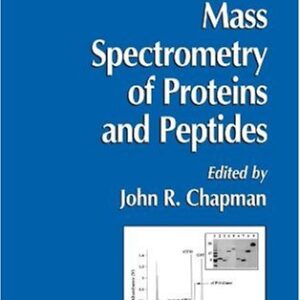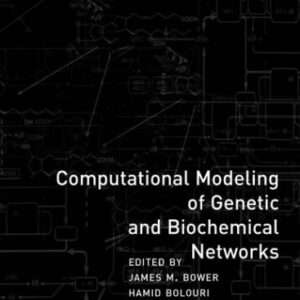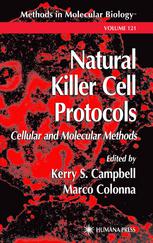Studies of chemical recognition in biology were initiated about half a century ago with the flrst kinetic data obtained on enzyme catalysis and inhibition. They led to a rather static representation of the recognition process illustrated by the lock and key model that still continues to influence our overall image of recognition and its specificity. In several cases, crystallographic studies of enzyme-substrate complexes have supported this model. Indeed, in a crystallized ligand-enzyme complex, a close fltting is observed between the active center of the enzyme and the functional groups of the ligand. How? ever, this does not necessarily result from a direct recognition process between rigid structures, but may result from a progressive adaptation during which the initial struc? tures of the enzyme and the ligand are modified (induced-flt mechanism). Recently, a great deal of work has been devoted to the study of recognition in more complex systems such as the replication or the translation machin~ries; clearly, the extraordinary precision of such systems cannot be explained solely in terms of physical matching between enzymes and their substrates. This has led to a noticeable change of perspective in these areas. As a result of the new kinetic viewpoint, one rather focuses on the time-course of the processes, on the kinetic balance between steps of the reaction, on the energy-accuracy relationships and on the strategies which permit the achievement of high precision using relatively error-prone components in an appropriate dynamic interplay.
Biology
[PDF] Chemical Recognition in Biology W. P. Jencks (auth.), Prof. Dr. F. Chapeville, Dr. A.-L. Haenni (eds.)
$19.99

![[PDF] Chemical Recognition in Biology W. P. Jencks (auth.), Prof. Dr. F. Chapeville, Dr. A.-L. Haenni (eds.)](https://pdfelite.com/wp-content/uploads/2024/04/fded7bac86d76db0d53f732212b157bf-d.jpg)




Reviews
There are no reviews yet.